Although a single stink bug may only reproduce in the warm season, a female stink bug will lay anywhere from 20 to 150 eggs per reproduction cycle. These bugs can live up to eight months, which means that several of them will live long enough to lay even more eggs next summer.
If you have stink bugs in your home, you’re going to want to call in a residential pest control professional. These insects can really get out of hand quickly!
In the meantime, you may be wondering about DIY stink bug traps and their effectiveness.
Read on to learn more about stink bug traps you can make yourself and why they might help but be unable to take care of the whole problem.
Trying Out a DIY Stink Bug Trap
If you’re debating between going to the store and buying a stink bug trap or making your own, we suggest giving the DIY method a shot. There are very inexpensive ways to attract and trap stink bugs that will work just as well as those pricey options at your local home goods store.
Keep in mind, while you’ll see results with these traps, you probably won’t eliminate the problem. That said, why not give it a shot while you wait for a professional to arrive?
The Soda Bottle Trick
In order to make this stink bug trap, you’re going to need a cleaned out two-liter plastic bottle, a pair of scissors, and a small, battery-operated light.
To begin, poke a hole with your scissors about halfway up the bottle. Insert one scissor into the hole and cut the bottle all the way around so that the top and bottom are two separate parts.
Now, turn on your battery-operated light and set it in the bottom half of your bottle. Uncap the top half and place it neck-down into the bottom half so that the open mouth rests inside.
Place your trap in a dark room and wait. Stink bugs will notice the light and flock to it, flying down the neck of the bottle. Getting back out will prove next to impossible, and they will eventually die in the trap.
The Roasting Pan Method
In order to make a roasting pan stink bug trap, you will need one disposable foil roasting pan, a table lamp, some water, and some dish soap. This one is pretty straight-forward. No cutting or assembling needed!
All you need to do is fill the roasting pan with water and a few spritzes of dish soap. Stir it up a bit to make sure that the dish soap is fully mixed into the water. Place the roasting pan under a table lamp and leave the lamp on overnight.
In the morning, you’ll find several stink bugs floating belly-up. Once again, the light will lure them to the trap. Once they’re in, the dish soap will prove lethal, causing immediate paralysis that will prevent them from getting back to dry land.
Why a Homemade Stink Bug Trap Won’t Cut It
While these homemade stink bug traps will definitely cut down on your stink bug probably, it won’t cut it 100%. In the end, to wipe out the infestation, working with a professional is key. Let’s take a look at why your homemade stink bug trap isn’t quite enough.
Too Localized
One problem with these stink bug traps is that they’re too localized. While the light will draw nearby stink bugs, they won’t attract the attention of a full infestation.
To get the most out of your stink bug traps, think selectively about location. Take note of any areas where stink bugs seem to congregate in your home and where they may come from when they arrive. Placing traps in this area will take care of a large number of the pests, but you can’t know for sure that you’ve gotten all of them with this method.
If you grow any plant life, especially fruits and vegetables, in your home, add traps to those areas as well. Stink bugs use their piercers to extract liquid from plants and have a strong affinity for the same kinds of plants that we like to eat. Because this is their main food source, they’re going to flock to (and survive off of) any plants you’re keeping indoors.
Won’t Cut off the Source
While some of your stink bug infestation was likely born inside your home, a good portion is coming from outside. The traps may thin out the herd, but in using them, you’re not tacking the issue in a proactive manner.
When you work with pest control, you’ll receive an inspection of the property. This includes a search for any entry points, like cracks in your foundation or basement. Once you know where these entry points are, you can take the proper precautions to seal them off.
In addition, these areas and others that encourage nesting will receive treatment as well. Treating any hotbeds with repellent will discourage stink bugs from hanging out in your home and continuing to reproduce once they’ve already gotten in. When it comes to pests, you want to make your property as inhospitable as possible!
In other words, killing the herd isn’t enough. You want to send off the signal that your house is a no-go before they arrive.
Pest Control in Utah and Colorado
If you’re dealing with a stink bug problem in Utah or Colorado, you may give the good old fashioned DIY stink bug trap a shot. However, in the long run, you’ll find that working with pest control is the best way to get rid of the infestation you have now and prevent another one from forming in the future.
Elevate Pest Control is here to help. Contact us and let us know about your stink bug problem, and we’ll set up an appointment right away.

